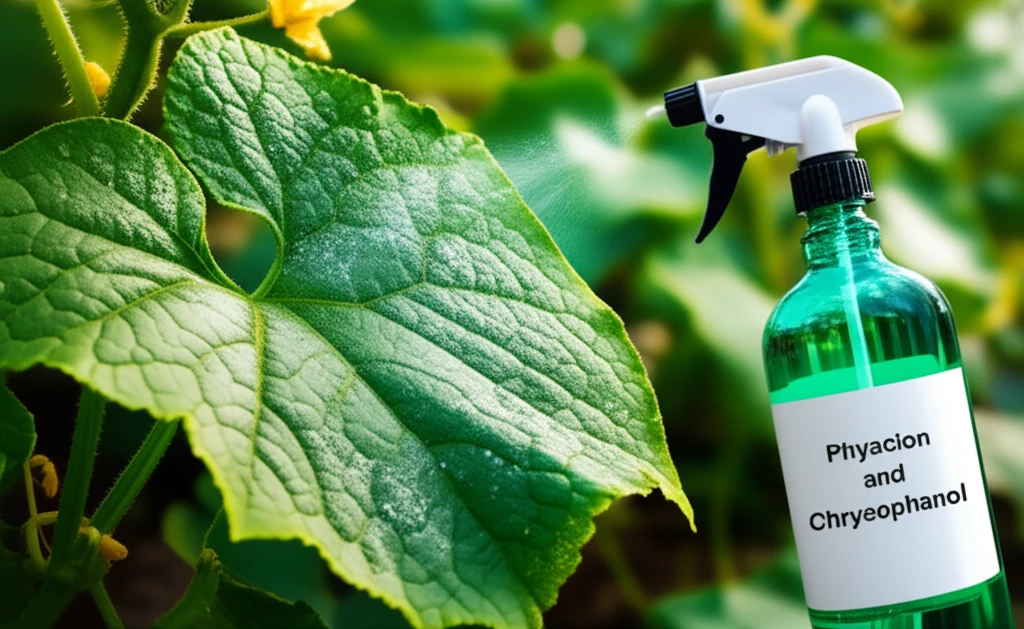
Cucumbers vs. Mildew: A Groundbreaking Discovery That Could Change Your Garden Forever
"Scientists Uncover Natural Powerhouses in Cucumbers That Fight Powdery Mildew, Offering Hope for Healthier Gardens and Bountiful Harvests."
Imagine a garden bursting with life – lush green leaves, vibrant fruits, and the promise of a delicious harvest. But then, a silent enemy appears: powdery mildew. This common fungal disease can wreak havoc, turning your plants into a shadow of their former selves. Now, there's a ray of hope for gardeners everywhere.
Recent research has uncovered a fascinating secret within cucumbers themselves. Scientists have found that specific natural compounds, physcion and chrysophanol, act as powerful defenders against powdery mildew. This discovery goes beyond just understanding plant biology; it opens doors to potentially revolutionizing how we protect our gardens.
This groundbreaking study, published in PeerJ, delved into the defense mechanisms of cucumbers, revealing how these plants naturally fight off disease. The findings not only provide valuable insights into plant health but also hint at innovative, sustainable methods for safeguarding our gardens from this pervasive threat. Let's explore what these scientists discovered and how it could transform your gardening experience.
Decoding the Cucumber's Defense: Physcion, Chrysophanol, and the Battle Against Mildew

The study began by examining cucumber leaves treated with physcion and chrysophanol, both alone and in combination. The researchers used a technique called RNA-seq to analyze the genetic activity within the leaves. This allowed them to pinpoint which genes were activated in response to the compounds, providing a detailed picture of the plant's defense mechanisms.
- Gene Activation: Physcion and chrysophanol triggered the expression of numerous defense-related genes.
- Synergistic Effect: The combination of both compounds proved to be more effective than either one alone.
- Resistance Boost: The combined treatment was strongly linked to the cucumber's ability to resist powdery mildew.
A Brighter Future for Gardens: The Promise of Natural Defenses
The discovery of physcion and chrysophanol's power in cucumbers offers a glimpse into a future where gardens are more resilient and harvests are more plentiful. This study's innovative approach not only helps us understand how plants fight off disease but also suggests the development of sustainable solutions for all gardeners. As we learn more about these natural defenses, we're one step closer to creating thriving gardens and a healthier planet.
